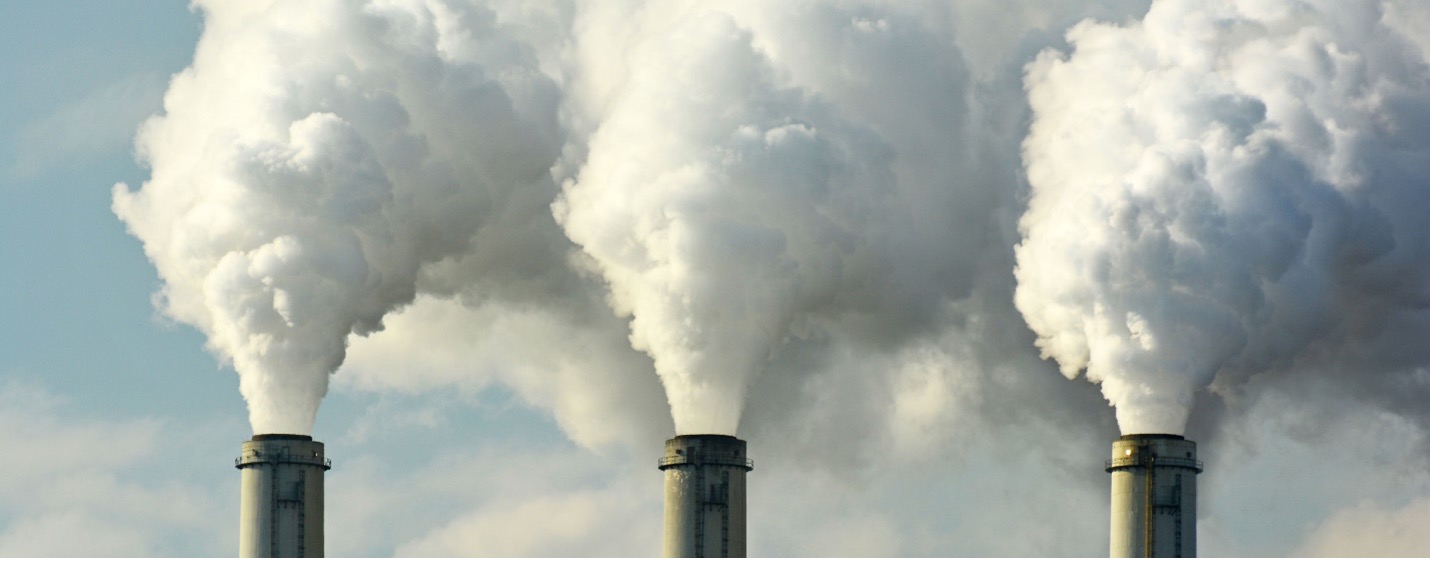Food Industry
The food processing industry is one of the most important and largest sectors in any country. Due to its role in meeting the essential needs of society and ensuring food security, it holds significant strategic importance. Beyond its crucial role in consumer safety, the industry’s strong connection with agriculture and livestock sectors, as well as its capacity to create added value while preventing resource wastage, makes it a high-priority sector. The food industry is one of the main consumers of energy, and optimizing energy use in this field plays a major role in improving economic efficiency and conserving energy.
Global Energy Challenges
Today, global warming caused by the increase in greenhouse gases and its harmful effects, such as climate change and reduced access to water, has heightened efforts to reduce the use of fossil fuels, which are the primary energy sources. Energy optimization in industrial units significantly contributes to reducing greenhouse gas emissions.
Energy Consumption in Food Processing
- Like other industries, the food industry is divided into production and supply sectors. The supply sector relates to energy used in storage and transportation. However, in the processing sector, there are various energy-consuming parts. Energy consumption in this sector is categorized into storage, processing and packaging equipment, thermal processes, and work environment condition in terms of temperature, light and ventilation.
- The food industry, particularly in sensitive sectors like meat and dairy, heavily relies on thermal processes. Additionally, equipment and facility cleaning processes are also related to thermal energy supply units. Boilers and coolers are key heat transfer support equipment. Their role is especially prominent in processes such as sterilization, which involves both high temperature increases and rapid cooling. Therefore, energy consumption in the form of fossil fuels and electricity is high in this sector and constitutes a large share of energy consumption in the food industry.
- The equipment electricity need is another significant energy consumer. Electricity is primarily used to power high-consumption electric motors like transfer pumps, homogenizers, mills, and mixers. Furthermore, packaging equipment also heavily relies on electricity-based heating systems.
- Refrigeration systems in food production are another major energy consumer. This is particularly true when refrigeration units have high traffic or are responsible for reducing product temperature during production.

Energy Loss
Energy loss is possible in all the aforementioned sectors. The following factors exacerbate this issue:
- Use of old and inefficient equipment with high energy consumption
- Lack of process optimization (especially temperatures), production planning, and equipment usage
- Inadequate insulation in heat transfer equipment
- Failure to use sunlight for workspace illumination
- Absence of intelligent systems for managing refrigeration and ventilation systems
- Lack of employee training for energy conservation
- Absence of monitoring equipment to track energy consumption
Innovative Technologies and Energy Conservation
Today, research focused on reducing energy consumption is a key area of engineering. Emphasis on novel non-thermal methods aimed at reducing heat transfer and, consequently, energy consumption for heating and cooling, which is a promising solutions.
Technologies such as Pulsed Electric Fields (PEF) can help reduce energy consumption. Non-thermal pasteurization of liquids is one application of this technology. Additionally, its softening effects on fruits like potatoes, significantly reduce energy for cutting, and cellular disruption enhances the efficiency of juice extraction with less energy consumption.
Methods like ohmic heating, solar dryers, solar thermal systems, irradiation of dry materials, cold pasteurization of fluids via irradiation, microwave heating, high pressure processing and the use of enzyme-based techniques are examples of efforts to replace traditional high energy-consuming methods with more efficient procedures.
For more information, refer to articles on global warming, pulsed electric fields, and the application of industrial enzymes in beverage production.

